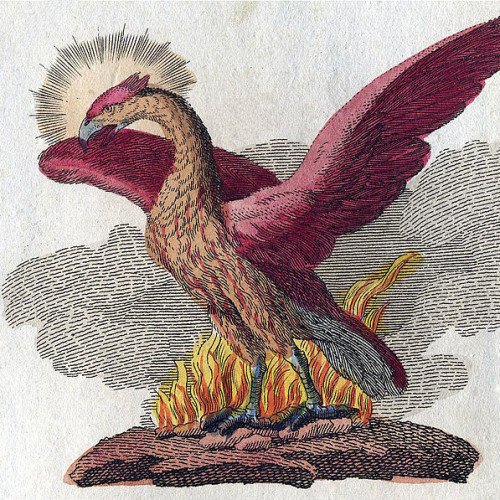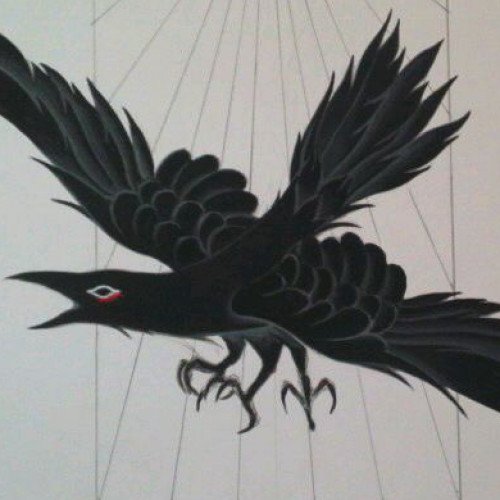Phoenix (mythology) VS Yatagarasu

Phoenix (mythology)
In Ancient Greek folklore, a phoenix (; Ancient Greek: φοῖνιξ, phoînix) is a long-lived bird that cyclically regenerates or is otherwise born again. Associated with the sun, a phoenix obtains new life by arising from the ashes of its predecessor. Some legends say it dies in a show of flames and combustion, others that it simply dies and decomposes before being born again.Over time the phoenix motif spread from its origins in classical folklore and gained a variety of new associations: Herodotus, Lucan, Pliny the Elder, Pope Clement I, Lactantius, Ovid, and Isidore of Seville are among those who have contributed to the retelling and transmission of the phoenix motif. Over time, extending beyond its origins in classical Greek folklore, the phoenix could variously "symbolize renewal in general as well as the sun, time, the Empire, metempsychosis, consecration, resurrection, life in the heavenly Paradise, Christ, Mary, virginity, the exceptional man, and certain aspects of Christian life". In the Motif-Index of Folk-Literature, a tool used by folklorists, the phoenix is classified as motif B32.
Statistics for this Xoptio

Yatagarasu
In Japanese mythology, this flying creature is a raven or a jungle crow called Yatagarasu (八咫烏, "eight-span crow")[16] and the appearance of the great bird is construed as evidence of the will of Heaven or divine intervention in human affairs.[17] Although Yatagarasu is mentioned in a number of places in Shintō, the depictions are primarily seen on Edo wood art, dating back to the early 1800s wood-art era. Although not as celebrated today, the crow is a mark of rebirth and rejuvenation; the animal that has historically cleaned up after great battles symbolized the renaissance after such tragedy. Yatagarasu as a crow-god is a symbol specifically of guidance. This great crow was sent from heaven as a guide for legendary Emperor Jimmu on his initial journey from the region which would become Kumano to what would become Yamato, (Yoshino and then Kashihara). It is generally accepted that Yatagarasu is an incarnation of Taketsunimi no mikoto, but none of the early surviving documentary records are quite so specific.[18] In more than one instance, Yatagarasu appears as a three legged crow not in Kojiki but in Wamyō Ruijushō. Both the Japan Football Association and subsequently its administered teams such as the Japan national football team use the symbol of Yatagarasu in their emblems and badges respectively.[19] The winner of the Emperor's Cup is also given the honor of wearing the Yatagarasu emblem the following season. Although the Yatagarasu is commonly perceived as a three-legged crow, there is in fact no mention of it being such in the original Kojiki. Consequently, it is theorised that this is a result of a later possible misinterpretation during the Heian period that the Yatagarasu and the Chinese Yangwu refer to an identical entity.